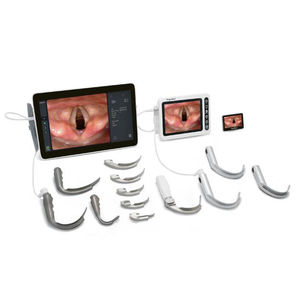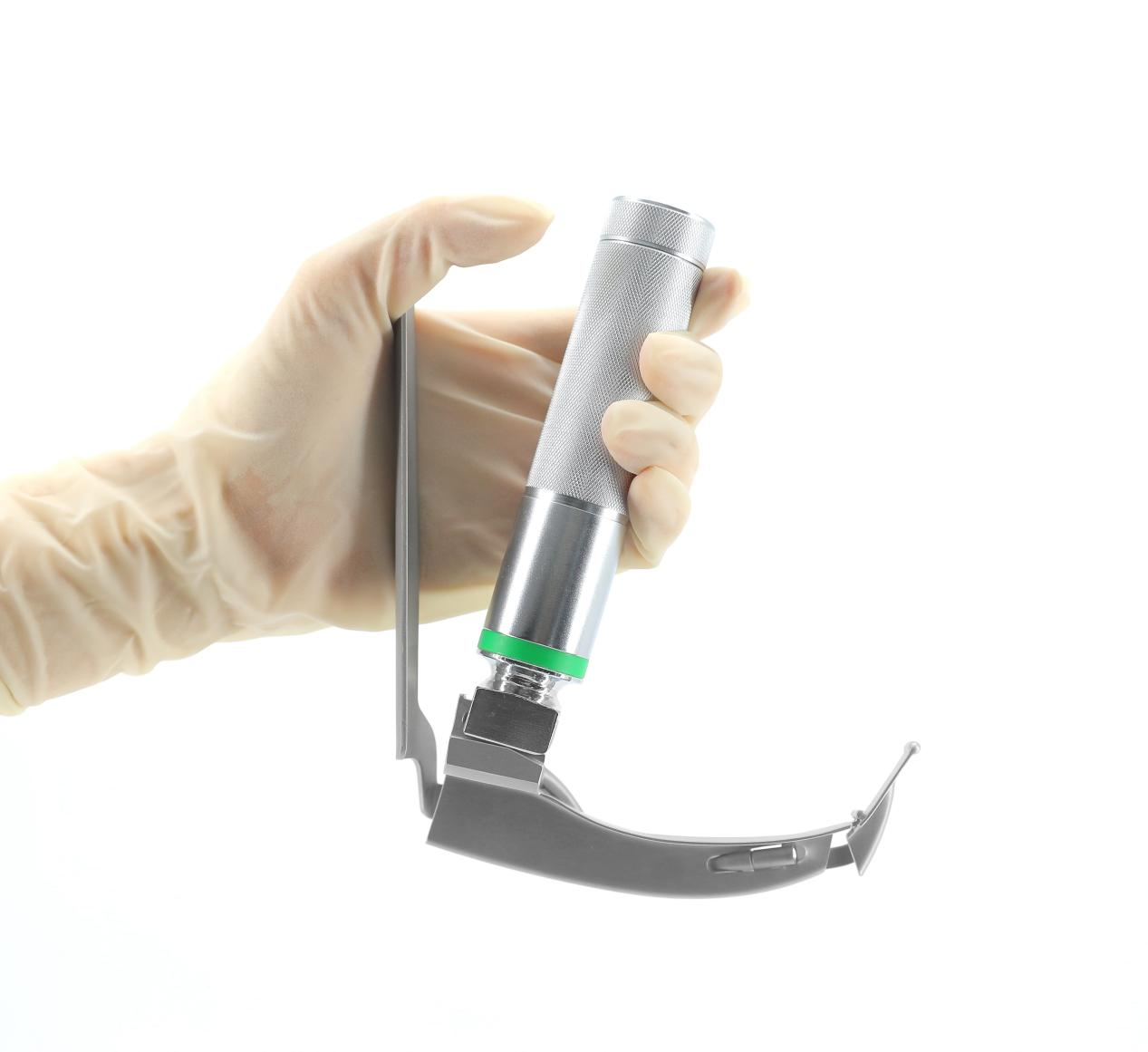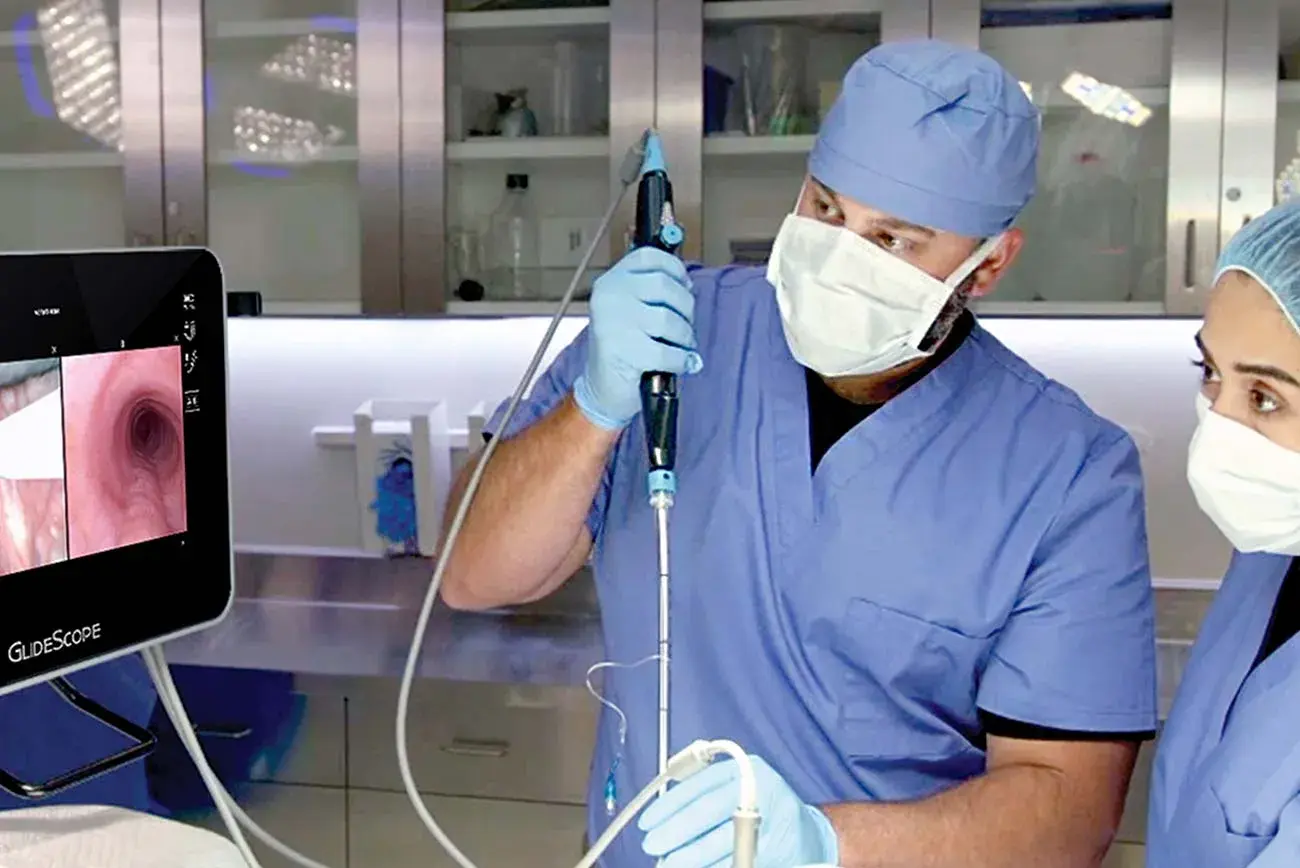Sisällysluettelo
Lääketieteellisten tuotteiden jakelijat arvioivat laryngoskooppien laitteita selkeyden, ergonomisen käsittelyn ja kliinisten vaatimusten yhteensopivuuden perusteella varmistaen tasaisen suorituskyvyn ja luotettavuuden.
Lääkealan jakelijat arvioivat laryngoskooppilaitteita ensisijaisesti niiden kuvantamistarkkuuden, helppokäyttöisyyden ja vaihteleviin kliinisiin ympäristöihin soveltuvuuden perusteella. Usein etusijalla ovat laitteet, jotka tukevat selkeää hengitysteiden visualisointia, minimoivat potilaan epämukavuuden ja toimivat saumattomasti. Myös valonlähteen ja lapamateriaalien laatu on ratkaisevassa roolissa jakelijan valinnassa, erityisesti sovelluksissa, jotka vaativat toistuvaa sterilointia ja pitkäaikaista käyttöä.
Laryngoskooppilaitteita arvioidaan optisen kirkkauden, mekaanisen lujuuden ja energiatehokkuuden perusteella. Jälleenmyyjät kiinnittävät huomiota tekijöihin, kuten säädettävään valaistukseen, kameraintegraatiovaihtoehtoihin ja mekaanisten komponenttien luotettavuuteen jatkuvassa käytössä. Laitteet, jotka mahdollistavat virtaviivaisen integroinnin sairaalan kuvantamisjärjestelmiin, otetaan yleensä paremmin vastaan, koska ne yksinkertaistavat työnkulkua ja vähentävät toiminnallisia viiveitä.
Ergonominen muotoilu vaikuttaa merkittävästi jakelijoiden kiinnostukseen laryngoskooppia kohtaan. Kevyet, tasapainoiset ja helposti käsiteltävät laitteet vähentävät kliinisen henkilökunnan rasitusta pitkien toimenpiteiden aikana. Ominaisuudet, kuten liukumattomat kahvat, intuitiiviset säätimet ja mukautuvat teräkoot, tarjoavat lisätoimintoja. Jakelijat konsultoivat usein kliinisiä neuvonantajia varmistaakseen, että valitut tuotteet vastaavat todellisia käsittelyodotuksia.
Laryngoskooppien valmistajat, jotka tarjoavat johdonmukaista teknistä ohjausta, tuotedokumentaatiota ja myynnin jälkeistä tukea, houkuttelevat todennäköisemmin pitkäaikaisia jakelukumppanuuksia. Jakelijat arvioivat toimittajan kykyä tarjota tuotekoulutusta, käsitellä komponenttien vaihtopyyntöjä ja vastata nopeasti tiedusteluihin. Tämä jatkuva tuki vahvistaa luottamusta ja varmistaa, että laite pysyy toimintakunnossa koko elinkaarensa ajan.
Kattava tuotevalikoima mahdollistaa laryngoskooppien toimittajan vastata erilaisiin sairaaloiden ja klinikoiden tarpeisiin. Jakelijat arvioivat, onko saatavilla sekä kertakäyttöisiä että uudelleenkäytettäviä vaihtoehtoja sekä lisävarusteita, kuten videosovittimia tai integroituja näyttöjä. Tuotevalikoiman monipuolisuus auttaa jakelijoita vastaamaan asiakkaiden muuttuviin pyyntöihin vaihtamatta toimittajaa, mikä edistää toiminnan jatkuvuutta.
Jälleenmyyjät odottavat laryngoskooppien täyttävän kansainväliset laatustandardit. Tunnustettujen viranomaisten sertifiointi varmistaa turvallisuus-, hygienia- ja suorituskykyohjeiden noudattamisen. Laitteet, jotka on testattu tiukoissa olosuhteissa ja joiden laadunvarmistusprosessit ovat todennettavissa, valitaan todennäköisemmin, varsinkin silloin, kun laitokset tarvitsevat luotettavia instrumentteja herkkiin toimenpiteisiin.
Skaalautuvuus on avainasemassa jakelijoiden valintakriteereissä. Laryngoskooppilaite, joka tukee päivityksiä tai modulaarisia lisälaitteita, antaa terveydenhuollon laitoksille mahdollisuuden laajentaa ominaisuuksiaan ajan myötä. Tämä sopeutumiskyky houkuttelee jakelijoita, jotka palvelevat sairaaloita, jotka ennakoivat tulevaa kysynnän kasvua tai muuttuvia menettelystandardeja.
Luotettava laryngoskooppien valmistaja toimittaa jatkuvasti hyvin suunniteltuja tuotteita, ylläpitää responsiivisia viestintäkanavia ja pysyy ajan tasalla kliinisistä trendeistä. Jakelijat suosivat valmistajia, jotka investoivat tutkimukseen ja tarjoavat lääketieteellisen palautteen mukaisia suunnitteluparannuksia. Luotettavuus näkyy myös tuotannon yhdenmukaisuudessa, mikä varmistaa, että jokainen yksikkö täyttää määritellyt standardit.
Vaikka kustannukset ovatkin tekijä, jakelijat keskittyvät enemmän arvoon kuin alhaisimpaan hintaan. Läpinäkyvät hinnoittelumallit, jotka heijastavat rakenteen laatua, mukana tulevia ominaisuuksia ja myynnin jälkeistä tukea, auttavat toimittajia saamaan luottamusta. Jakelijat pyrkivät hinnoittelustrategioihin, jotka ovat linjassa laitosten budjettien kanssa tinkimättä kuitenkaan suorituskyvystä tai kestävyydestä.
Edistyksellisillä ominaisuuksilla, kuten huurtumisenestolla, teräväpiirtovideotuella ja langattomalla yhteydellä varustetut laryngoskoopit ovat saaneet lisää huomiota. Nämä ominaisuudet parantavat käyttökokemusta ja kliinisiä tuloksia. Jälleenmyyjät arvioivat näiden ominaisuuksien toimivuutta todellisissa käyttöolosuhteissa ja pyytävät usein tuotekokeiluja tai -esittelyjä.
Reaktionopeus ja palvelun läpinäkyvyys ovat olennaisia laryngoskooppitoimittajaa arvioitaessa. Jakelijat luottavat oikea-aikaisiin toimituksiin, tilausten täsmälliseen käsittelyyn ja nopeaan reagointiin teknisiin ongelmiin. Toimittajan kyky tarjota paikallista tukea tai monikielistä dokumentaatiota voi vaikuttaa entisestään jakelusuhteisiin.
Jälleenmyyjät palvelevat usein terveydenhuollon tarjoajia, joilla on ainutlaatuisia toimenpiteisiin liittyviä tarpeita. Toimittajat, jotka sallivat räätälöidyt säädöt terän kokoon, kahvan muotoiluun tai liitäntävaihtoehtoihin, tarjoavat kilpailuedun. Mahdollisuus käsitellä pieniä eriä mittatilaustyönä ilman pitkiä viivästyksiä lisää arvoa ja parantaa asiakastyytyväisyyttä.
Laryngoskooppialan kehityksestä ajan tasalla pysyminen auttaa jakelijoita tekemään ennakoivia tuotepäätöksiä. Osallistuminen messutapahtumiin, kliinisen palautteen saatavuus ja yhteistyö valmistajien kanssa antavat heille mahdollisuuden sopeutua innovaatioihin, kuten tekoälyohjattuun navigointiin tai 3D-kuvantamisominaisuuksiin.
Tehokas ja suojaava pakkaus tukee turvallista toimitusta ja vähentää laitevaurioiden riskiä. Jälleenmyyjät arvioivat, kuinka hyvin laryngoskoopit on pakattu lähetystä varten ja onko dokumentaatio järjestetty. Myös logistiset ominaisuudet, kuten globaalit toimitusvaihtoehdot ja varastonhallintatyökalut, vaikuttavat toimittajien arviointiin.
Ajan myötä jakelijat arvioivat laitteiden pitkän aikavälin suorituskykyä huoltotietojen, asiakaspalautteen ja vaihtovälin perusteella. Koneet, jotka toimivat johdonmukaisesti erilaisissa kliinisissä ympäristöissä ja säilyttävät toiminnallisen eheytensä, heijastavat myönteisesti sekä toimittajaa että valmistajaa.
Kestävä kehitys kumpuaa läpinäkyvästä viestinnästä, yhdenmukaisista liiketoimintatavoitteista ja yhteisestä sitoutumisesta laatuun. Jälleenmyyjät arvostavat toimittajia, jotka hakevat palautetta, mukauttavat tarjontaansa markkinoiden tarpeiden mukaan ja osoittavat joustavuutta skaalauksen tai uudelleenjärjestelyn aikana. Tämä keskinäinen kunnioitus edistää uskollisuutta ja pitkän aikavälin menestystä.
Keskittymällä suorituskykyyn, tukeen ja sopeutuvuuteen lääketieteen jakelijat varmistavat, että kliinisille markkinoille pääsee vain terveydenhuollon standardien mukaisia laryngoskooppilaitteita. Niille, jotka etsivät tällaisia standardeja, tuotemerkit, kuten XBX, tarjoavat laitteita, jotka on suunniteltu yhteensopiviksi globaalien lääketieteellisten laitosten ammatillisten vaatimusten kanssa.
Tekijänoikeus © 2025. Geekvalue Kaikki oikeudet pidätetään.Tekninen tuki: TiaoQingCMS